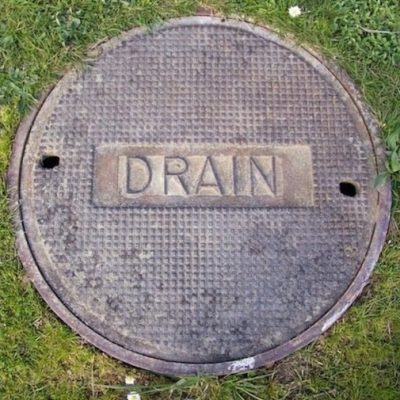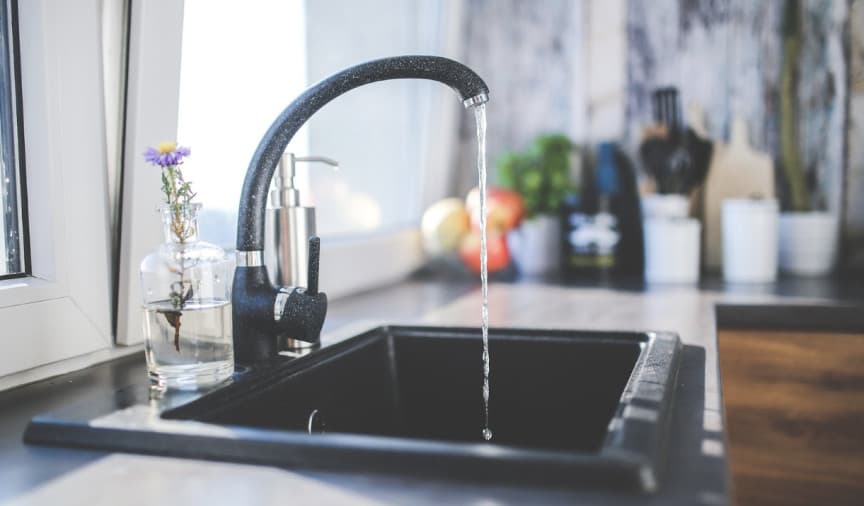We have stumbled upon the article on 8 Tips For Clearing A Blocked Drain directly below on the internet and believe it made perfect sense to talk about it with you in this article.

Introduction
Dealing with a blocked drain can be a frustrating experience, disrupting daily activities and possibly triggering damage to your property. However, prior to connecting to pipes experts, there are steps you can require to attend to the problem yourself. In this overview, we'll explore do it yourself solutions and preventive measures to take on a blocked drainpipe efficiently.
Determining the Issue
The very first step in dealing with a blocked drain is acknowledging the indicators. Slow-moving water drainage, gurgling sounds, foul odors emanating from drains, or water support up prevail indicators of an obstructed drain. Determining these indicators early can assist stop further issues.
Picking the Right Pipes Solution
When picking a plumbing service, take into consideration variables such as experience, licensing, and consumer testimonials. Pick a respectable plumber with a performance history of top quality craftsmanship and transparent rates techniques.
Expense Factors to consider
The expense of specialist drainpipe cleaning company can differ depending upon the intensity of the clog and the plumbing professional's rates. Request quotes from multiple providers and inquire about any type of added fees to make certain openness and avoid surprises.
Safety Precautions
When trying do it yourself drain cleansing, prioritize safety and security. Wear protective gloves and glasses to avoid contact with unsafe chemicals or bacteria. Never mix different drain cleaning products, as this can generate harmful fumes.
Case Researches
Real-life examples highlight the efficiency of do it yourself services and the importance of timely specialist intervention in resolving drain blockages.
Typical Reasons For Obstructed Drainpipes
Comprehending the variables that contribute to drain clogs is vital for reliable resolution. Common offenders consist of hair, soap residue, grease, food debris, and foreign items like hygienic products or paper towels. Tree roots getting into underground pipes can also trigger substantial clogs.
DIY Solutions
For small blockages, a number of do it yourself options can be efficient. Pouring boiling water down the drainpipe can aid dissolve oil and debris. Baking soda and vinegar or a combination of salt and baking soft drink can serve as natural cleansers. Making use of a bettor or plumbing serpent to displace obstructions is an additional choice.
Devices and Equipment
Having the right tools available can make do it yourself drainpipe cleaning extra reliable. A bettor is a flexible tool for getting rid of clogs in sinks, bathrooms, and showers. A plumbing serpent or auger can reach deeper clogs, while drainpipe cleansing chemicals can be made use of very carefully for stubborn obstructions.
Safety nets
To prevent future obstructions, adopting safety nets is crucial. Set up drain guards or filters to catch hair and debris before they get in the pipelines. On a regular basis flush drains with hot water to dissolve oil accumulation, and avoid getting rid of oil or strong waste down the drain.
When to Call a Professional
While DIY remedies can solve small obstructions, certain indications show the need for professional help. Relentless obstructions, foul odors despite cleansing initiatives, or several drains pipes supporting simultaneously are red flags that warrant skilled treatment.
Verdict
By following the suggestions outlined in this guide, you can successfully take on obstructed drains and protect against future pipes concerns. Whether choosing do it yourself services or looking for expert assistance, punctual action is essential to keeping a healthy and balanced pipes system and preserving the honesty of your home.
WHAT I LEARNED FROM TRYING TO DEAL WITH A CLOGGED DRAIN
We have had our share of seepages and other annoying things that are part of living, especially in an apartment complex. And if there’s one thing that’s terrifying for a homeowner—or even someone in a rented home—it is a clogged drain, indoors or outdoors.
We enjoy our living space, but it’s simply a fact of life that dead skin, soap and a host of other items go down the drain; eventually, the residue builds up and prevents anything from moving. Ugh.
Not Calling A Professional
Of course, it might seem simple to just whip the pipe off under the sink and see if you can unblock it. Unfortunately, what if the blockage isn’t there, or you don’t reconnect it properly? Worse, you might break a piece and have no drainage system. Can you imagine that scene? Yuck!
Not Watching Your Waste
This will sound d’uh, but the best tip I can give you for drain cleaning is to avoid clogging the drain in the first place! You can do this by monitoring what goes down the drain and catching the items which are most likely to give you a problem. Invariably hair, vegetable peels, and large wads of toilet paper are the most obvious culprits. Add a filter—these are available in hardware stores and can be removed and cleaned easily.
Poking The Drain
The first urge with a clogged drain is to poke at it with a stick or anything that resembles a stick. Sadly, this does not result in magically solving the issue. The mental image is, naturally, one of the stick just pushing through the offending item and all is well again. Reality is quite different and unpleasant and likely to lead to further problems.
The thing is, every drain has a series of bends that are not visible to us. Drains are built this way to prevent gases from entering the house. What happens when you poke a stick into the drain? Of course, it can’t bend around the corner. The more adventurous people will use force and end up wedging the stick or causing it to break off in the pipe—creating an even bigger issue. Worst thing? The stick will shift the block further down the pipe, creating the space for more to collect. Go ahead! Roll your eyes!
Using The Wrong Plunger
You know what they say: the right tool for the right job! Did you know there are different types of plungers besides the basic one we keep at home for an emergency? Yes, there are. For example, the toilet plunger has a bell-shaped bottom while the sink plunger is flat. This is an important difference and using the wrong plunger will be useless. There’s also a knack in using plungers—they must be placed in such a way that they create an airtight seal and then, moved slowly up and down—not as fast as we imagine.
https://vidyasury.com/2018/01/learned-trying-deal-clogged-drain.html

I'm just very focused on and I really hope you appreciated the entire article. Do you know somebody who is fascinated with the niche? Please feel free to promote it. Thank you so much for your time spent reading it.
Book